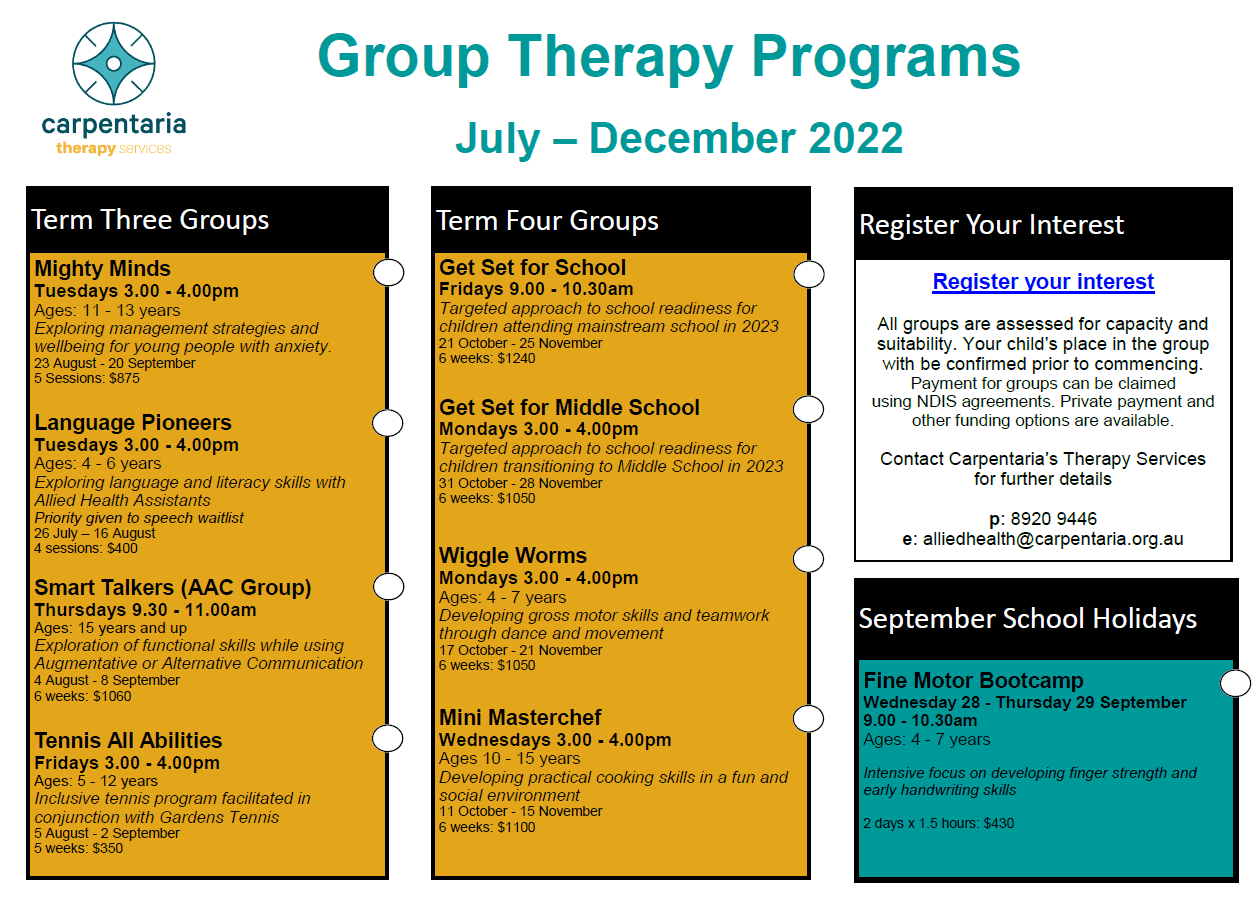
August 27, 2024
Partnership And Alliance Development Procedures In Psychotherapy: A Dual-perspective Qualitative Study
Constructing Healing Connections With Clients Overall, a solid healing partnership in between a therapist and customer is essential for accomplishing positive mental health results. By developing an environment of regard, compassion, credibility, safety, and favorable expectations between both events; people are more probable to move with their recovery procedure positively and successfully. The functioning partnership is thought about to be a vital factor of psychiatric therapy success (28, 29) because it builds a structure for numerous techniques and techniques utilized by psychotherapists.Download 3 Free Positive Cbt Devices Pack (pdf)
In this study, patients were inquired about variables that have an influence on the restorative alliance in psychotherapy with a third party. The outcomes supply preliminary indicators of the obstacles that may be associated with creating partnerships in interpreter-mediated psychotherapy. In addition, they supply details about elements that facilitate the establishment and maintenance of a relying on relationship in the set of three from the individuals' point of view and allow recommended activities for specialists and interpreters (Table 1). These might be designated to the interpreter, the psychotherapist, or the client (primary categories). The Problem-Centered Interview (PCI) by Witzel [2000] was chosen as a qualitative survey tool. The PCI is fixated a previously identified and analyzed socially appropriate issue [Witzel, 2000], which in the case of this study is the trusting therapeutic partnership as a necessary component of successful interpreter-mediated psychiatric therapy with evacuees.Time Reliant
How to build a healthy romantic relationship: 5 tips - Medical News Today
How to build a healthy romantic relationship: 5 tips.


Posted: Fri, 14 Feb 2020 08:00:00 GMT [source]
- C asked Wendy to think about the important things she had wanted but had previously compromised for her marital relationship.
- While emphasizing the importance of the healing connection, it is very important to deal with the issue of borders in professional relationships.
- This underlines how much of a risk is postured by using ordinary interpreters, which entails an enhanced likelihood of a bad translation solution [Flores, 2005]
- Specialists who establish a strong bond with their clients often see extra significant progression in treatment.
- It's as powerful, otherwise a lot more so, than the treatment selected by the therapist (DeAngelis, 2019).
Social Links